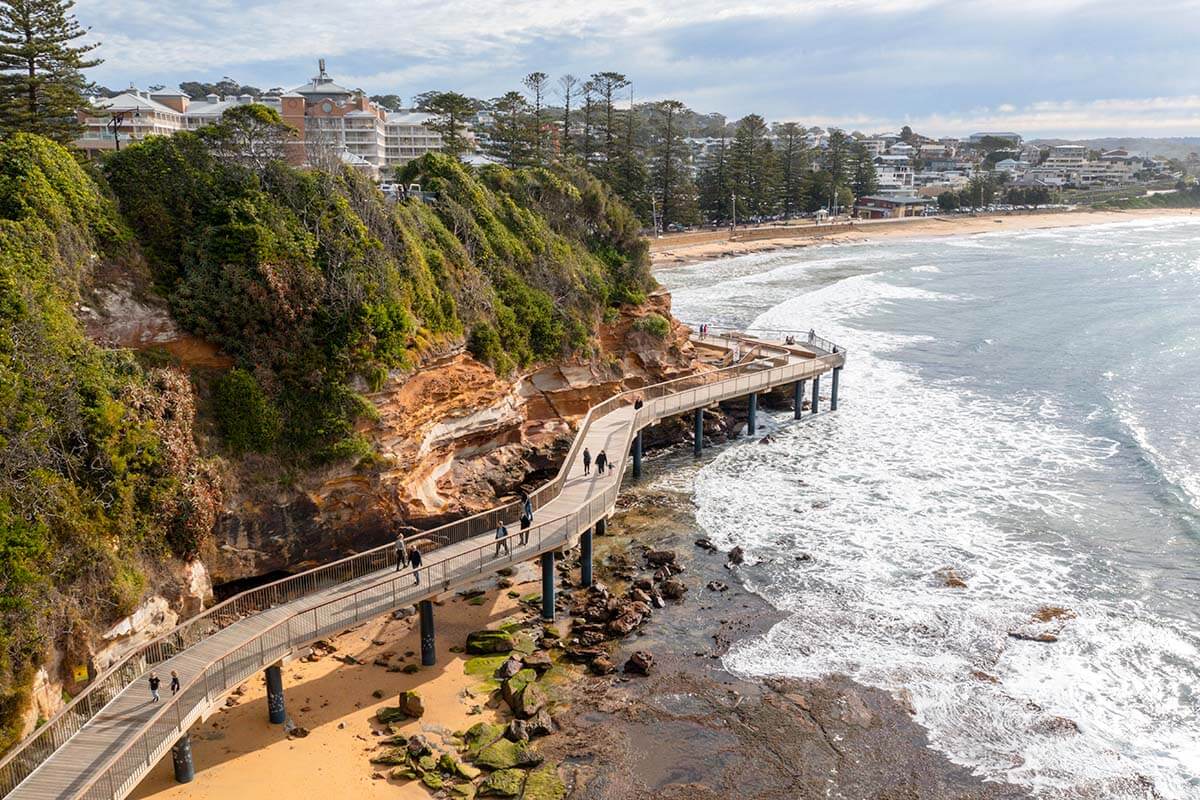The regional plan takes an infrastructure-first and place-based approach to future growth.
This requires infrastructure providers, the development industry and public authorities to take an integrated and coherent place-based approach to land use planning through:
- an urban development program
- infrastructure benchmark
- place strategies for specific areas.
Download the Central Coast Regional Plan 2041 (PDF, 11.5 MB).
Urban development program
The urban development program is the NSW Government’s program for managing land and housing supply and assisting infrastructure coordination.
It will be expanded to the Central Coast. This will provide a strong evidence base through quarterly reporting of land supply, dwelling construction and demand.
An urban development program committee will be established to:
- identify and remove barriers and disincentives for infill housing
- oversee a pipeline of housing and employment land supply across the Central Coast
- track the supply of infill and greenfield land supply, completions, whether the land is serviced or contains biodiversity constraints/values, and infrastructure servicing data of housing and employment land
- identify opportunities to accelerate the supply of land for housing and employment including improvements to land rezoning, release, and servicing
- make land use and infrastructure sequencing recommendations that may result in more cost-effective housing and job delivery
- monitor the density of development across the region
- provide annual updates to a sequencing plan and delivery report.
The urban development program committee aims to meet once a quarter and includes the following members:
| Region | Infrastructure and service providers | Local government and authorities | Industry and professional stakeholders |
|---|---|---|---|
Central Coast City Department of Planning and Environment (Chair and Secretariat) | AusGrid Central Coast Council (Water and Sewer) | Central Coast Council (Environment and Planning) | Housing Industry Association |
| Health Infrastructure NSW | Darkinjung LALC | Planning Institute of Australia | |
| School Infrastructure NSW | Greater Cities Commission | Property Council of Australia | |
| Transport for NSW | Land and Housing Corporation | Urban Development Institute of Australia |
Infrastructure assessment and sequencing
An infrastructure assessment framework will allow us to build more homes or facilitate more jobs were infrastructure costs less.
The department is preparing a framework to assess the:
- capacity of existing infrastructure
- potential take-up scenarios of future development
- extent, type, cost and timing of new infrastructure.
The cost effectiveness of supplying infrastructure to homes or businesses will influence government decision-making on where new homes or jobs should be located.
Additional analysis will also consider the wider impacts and benefits resulting from this potential infrastructure investment.
Supply pipeline benchmarks
Tier 1 (0–5 years zoned)
- Subdivisions approved with biodiversity offsets, and enabling infrastructure funding resolved
Tier 2 (6–10 years zoned)
- Biodiversity offsets resolved
Tier 3 (11–15 years zoned)
Tier 4 (16–20 years further investigation)
- Identified in an endorsed local strategy
Tier 5 (20+ years potential future investigation)
- Not identified in an endorsed local strategy
Place Delivery Group program place strategies
Realigning the Place Delivery Program
The Place Delivery Program was reviewed to align with the government’s target of providing 377,000 new homes by 2029.
Planning reforms, such as the low- and mid-rise housing policy, Transport Oriented Development Program and the Rezoning Pathways Program mean some locations nominated for place strategies are no longer required and the department will not be accepting additional nominations.
All active place strategies under the Place Delivery Program have been assessed and the department has advised stakeholders of next steps and pathways to advance commitments. Potential pathways may include:
- councils progressing as a local strategy or proponents progressing further strategic planning or site-specific studies
- council progressing a planning proposal
- the department preparing Infrastructure Opportunities Plans with Urban Development Program committees to support resolution of infrastructure issues
- the department offering case management support with relevant agencies to provide planning proposal requirements and unlock planning related issues relevant to those commitments
- the department and councils considering opportunities for state rezoning pathways for areas identified through the housing reforms following local strategic planning and/or further technical investigations.
For more information about the Place Delivery Program, email [email protected]
Regionally Significant Growth Areas and Catalyst Areas roles and responsibilities
| Planning pathway | Lead | Area |
|---|---|---|
| Place Delivery Group | Department of Planning and Environment | Tuggerah Somersby Central Coast Plateau |
| Place Delivery Group | Central Coast Council | Karagi Warnervale |
| State Environmental Planning Policy | Department of Planning and Environment | Gosford |
Six cities planning
The Greater Cities Commission will produce a Six Cities Regional Plan. The plan will celebrate the diversity and unique offering of each city and how each contributes to broader region.
Once that plan is adopted, the commission will then work towards a city plan for the Central Coast City.
The Central Coast Regional Plan 2041 will take the status of a district city plan until it is repealed by the commission’s Central Coast City Plan.
Monitoring and performance measures
We will produce an annual report on the implementation of the regional plan to act as an accountability framework to each action and objective.
Measures will include:
- percentage of infill or greenfield development
- timeframe and responsibility to complete each action
- number of years of zoned and serviced land
- average travel time and mode of choice between and within the region
- amount of land retained for areas of regional biodiversity value
- the number of low risk, no risk, or high risk planning proposals.
